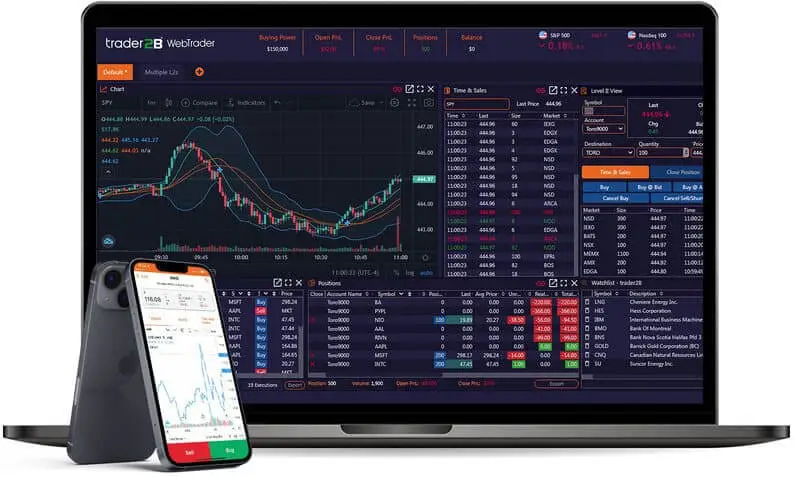
prop trading, or proprietary trading, is a highly lucrative yet volatile world where firms trade with their own capital to generate profits. The allure of high returns draws many into this space, but it also comes with significant risks. This is where effective risk management becomes indispensable, acting as a safeguard against catastrophic losses and enabling long-term profitability.
Why Risk Management Is Crucial in Prop Trading
Prop trading operates in an environment characterized by rapid market movements, high leverage, and substantial capital stakes. Without a disciplined risk management strategy, even the smallest misstep can result in immense financial losses. Effective risk management helps traders and firms mitigate these risks by controlling how much capital is at stake in each trade and establishing protocols to handle unforeseen scenarios.
The importance of risk management in prop trading lies in its ability to create a balance. While traders need to take calculated risks to achieve profits, they must also be prepared for adverse outcomes. Firms that fail to adopt robust risk protocols often struggle to survive the volatility inherent in financial markets.
Key Risk Management Strategies
1. Position Sizing and Diversification
One of the most fundamental components of risk management is position sizing—deciding how much capital to allocate to a given trade. Allocating too much can lead to significant losses, while allocating too little may limit profit potential. Diversifying across different asset classes or trading strategies further reduces the concentration of risk.
2. Stop-Loss Orders
Stop-loss orders automate the process of exiting a trade when it reaches a predetermined loss threshold. By setting clear exit points, traders can protect themselves from escalating losses and maintain their overall capital.
3. Leverage Control
Leverage amplifies both profits and losses, making its prudent use imperative in prop trading. Effective risk management includes strict limits on leverage to avoid scenarios where a single trade can decimate overall capital.
4. Regular Risk Assessment
Markets are dynamic, and the risks evolve over time. Regularly reviewing and adapting risk management strategies ensures they remain effective as market conditions change.
A Foundation for Success
Risk management in prop trading is not just a safety net; it’s a foundational element of success. By incorporating structured strategies such as position sizing, stop-loss mechanisms, and leverage control, traders can achieve sustainable profitability while minimizing the potential for catastrophic losses.
The difference between successful prop trading firms and those that fail often boils down to how well they understand and manage risk. An effective risk management framework transforms trading from a gamble into a calculated, disciplined endeavor.